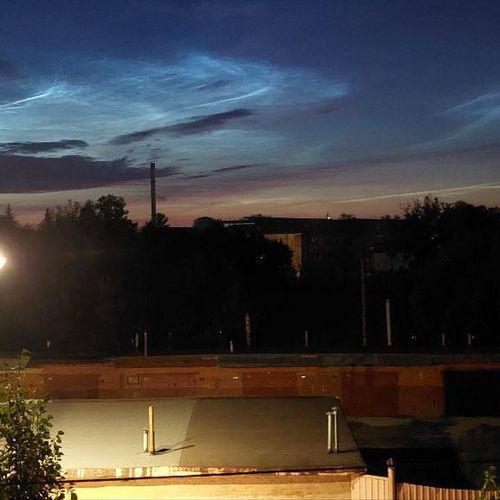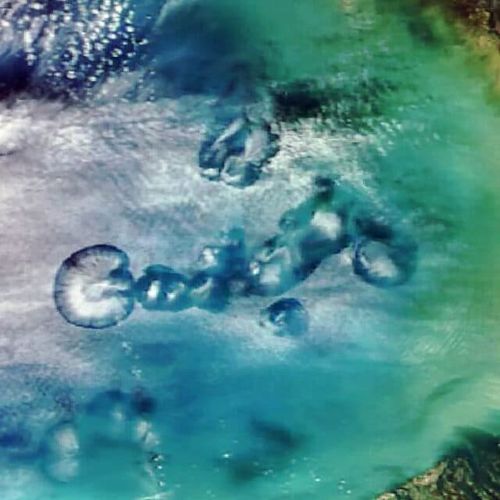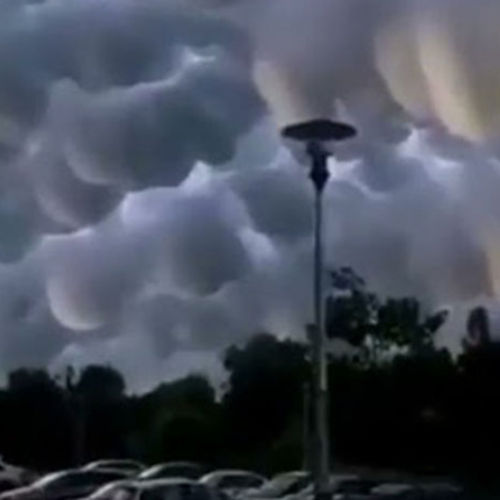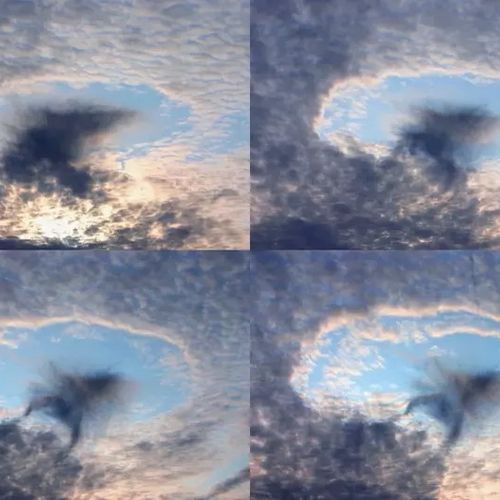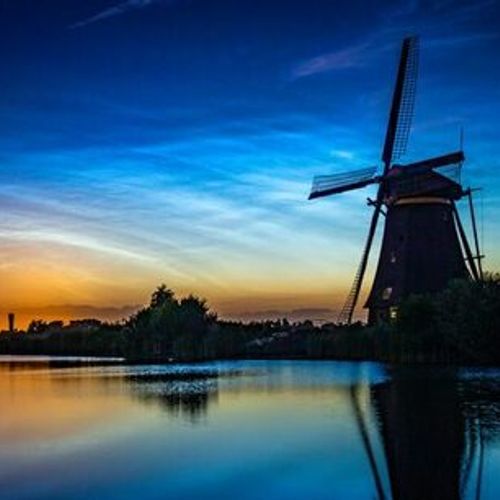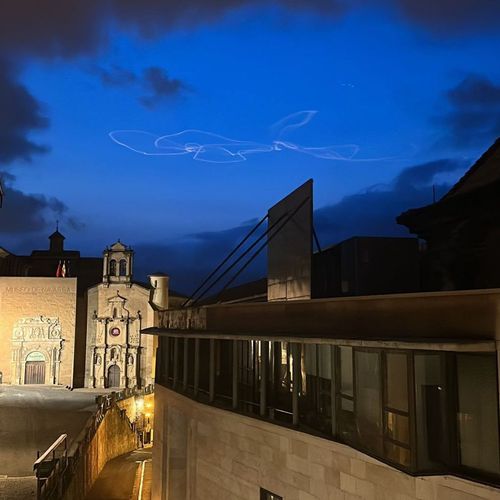
| Added | Mon, 27/05/2019 |
| Источники | |
| Дата публикации | Sat, 25/05/2019
|
| Версии |
The AIM NASA satellite designed to study the mesosphere and noctilucent clouds, recorded the first noctilucent clouds over the Arctic ocean. This marks the beginning of the season of 2019 for their observation.
These first findings detected from space, mostly small and weak. However, early studies have shown that noctilucent clouds — like a "geophysical light bulb". They appear every year in late spring, reaching almost full intensity for 10 days. This means that observers on Earth should soon begin to see them.
Noctilucent clouds are the highest clouds on Earth, they float more than 80 km above the planet's surface. These clouds are very cold and filled with tiny ice crystals. When the sun rays fall on these crystals, they glow electric-blue light. Currently, however, the nature of their formation at this altitude have not been studied fully. This is what reached full intensity noctilucent clouds — the picture was taken July 6, 2018 in Denmark.
Runestone noctilucent clouds always appear at high latitudes, e.g. in Canada, the British Isles, Siberia and Scandinavia. For people in these regions to observe them is simple: we need to look at the West in 30-60 minutes after sunset, when it came over the horizon. If you see luminous blue-white "antennae" extending across the sky, you may have noticed noctilucent clouds!
Translated by «Yandex.Translator»
Photo taken in Denmark on July 6, 2018. © Pernille Fjeldgaard | Spaceweather.com
Translated by «Yandex.Translator»
Новости со схожими версиями
Log in or register to post comments

